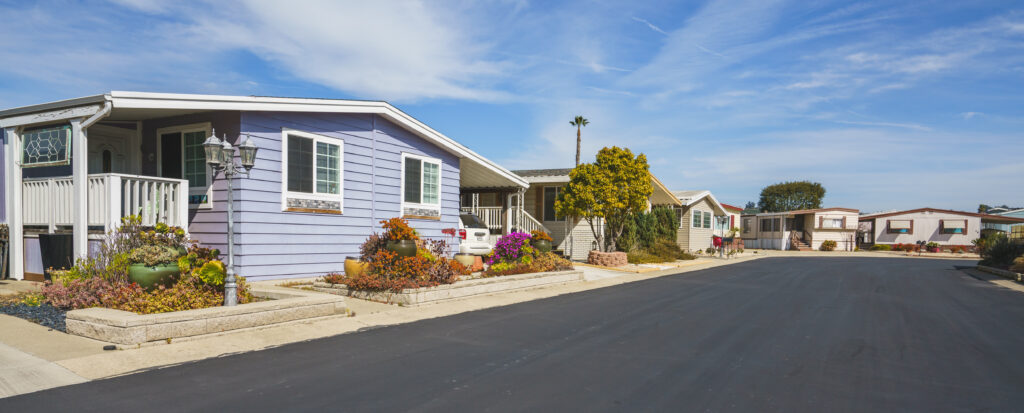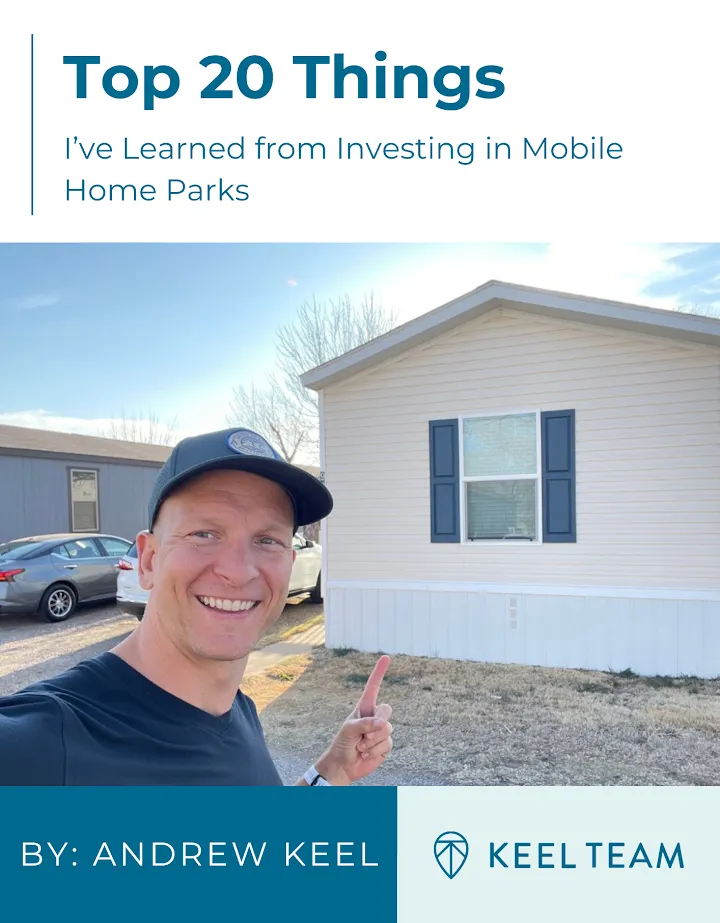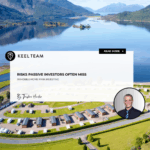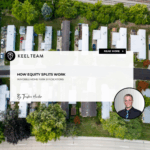How to Fill Vacant Mobile Home Park Lots
-
 Tristan Hunter - Investor Relations
Tristan Hunter - Investor Relations
Value-add mobile home park investing continues to gain traction among real estate investors looking for steady cash flow and long-term equity growth. At Keel Team, we actively pursue opportunities where we can implement value-add strategies that may enhance both the income and valuation potential of mobile home park communities. One of our latest projects, a 77-lot mobile home park in Bartlesville, Oklahoma — highlights what value-add investing can look like in the real world. Check out the video below for quick tips on how to fill those vacant mobile home park lots!
The Opportunity: Bartlesville, Oklahoma
In November 2024, we acquired a 77-lot mobile home park in Bartlesville, OK, for $1,700,000, raising $1,350,050 in investor capital to fund the deal and improvements. Bartlesville is a city with a stable economic base and affordable housing demand, which aligns well with the core fundamentals we look for in a mobile home park acquisition.
With a strong base of existing tenants and a number of vacant lots ready to be infilled, the property presented a compelling opportunity to apply our value-add playbook.
What Is Value-Add Mobile Home Park Investing?
At its core, value-add mobile home park investing involves identifying underperforming or underutilized properties and making strategic improvements to increase their income potential and long-term worth.
Unlike traditional residential or multifamily real estate, mobile home parks offer a unique angle — many have vacant lots with infrastructure already in place. This creates a lower-cost path to increasing revenue without major construction.
Common value-add opportunities may include:
- Filling vacant lots with new or used mobile homes
- Improving community amenities or infrastructure
- Streamlining operations and reducing expenses
- Stabilizing collections and raising below-market rents over time (if appropriate)
In the Bartlesville project, the primary focus is infilling vacant lots — a key part of our mobile home park investment strategy.
Download our FREE eBook on the Top 20 things to know BEFORE investing in mobile home parks!
Our MHP Twist on BRRRR: The BIRRR Strategy
Many real estate investors are familiar with the BRRRR strategy: Buy, Rehab, Rent, Refinance, Repeat. At Keel Team, we follow a similar model, customized specifically for mobile home parks:
Buy → Infill → Rent → Refinance → Repeat
Here’s how that breaks down:
1. Buy
We acquire a mobile home park that fits our criteria — strong demand, infrastructure in place, upside potential, and manageable risks. In this case, the Bartlesville mobile home park had good bones, decent occupancy, and the potential for value creation through infill.
2. Infill
Filling vacant lots is one of the most impactful steps. Each new lot filled means additional rental income potential, whether from lot rent or park-owned home rentals. Additionally, infill can positively affect the net operating income (NOI), which plays a significant role in determining the property’s market value.
3. Rent
We focus on leasing to quality residents who are looking for stable, affordable housing. Whether homes are tenant-owned or park-owned, the goal is long-term occupancy and predictable cash flow. We do, however, prefer to have a low number of park-owned homes, predominantly consisting of tenant-owned homes.
4. Refinance
Once the property is stabilized with improved occupancy and NOI, we may look to refinance with agency debt. This could free up equity, improve loan terms, or provide capital to reinvest into other mobile home park acquisitions.
5. Repeat
With each successful cycle, we look to repeat the process in new communities — applying what we’ve learned to drive results for both residents and our investors.

Why Infill Is So Powerful in Mobile Home Park Investing
While there are many ways to add value to a mobile home park, infilling vacant lots can often provide one of the clearest and most direct returns on investment.
Here’s why:
- Existing Infrastructure: Most of the time, the roads, water, sewer, and electrical hookups are already in place. This significantly reduces the cost of bringing in new homes compared to developing a new community.
- Improved Cash Flow: Each filled lot represents new recurring income potential. This can improve the overall financial performance of the mobile home park in a relatively short timeframe if done correctly.
- Increased Valuation: As cash flow grows, so typically does NOI — and with commercial real estate, increased NOI often leads to a higher appraised value, especially when cap rates remain favorable.
- Stronger Community Feel: More occupied lots can create a better environment for residents, reducing vacancy-related risks and improving the overall community experience.
Of course, infill projects do require planning, coordination, and capital. It can be extremely hard. Permitting, home setup, utility connections, and marketing to prospective tenants are all essential parts of the process. But when done right, the results can be meaningful for all stakeholders involved.
Why Mobile Home Park Investing Is Gaining Interest
The broader interest in mobile home park investing has grown in recent years, and it’s easy to see why. The asset class sits at the intersection of affordable housing demand and predictable cash flow, making it appealing to both new and experienced investors.
Some reasons investors are taking a closer look:
- Limited Supply: New mobile home parks are rarely developed due to zoning challenges, which can create a scarcity advantage for existing communities.
- Sticky Tenants: Residents often stay for years, which helps reduce turnover and vacancy-related costs.
- Affordable Living Option: As housing prices rise, more people are looking for cost-effective alternatives, and mobile home parks provide one of the most affordable housing options available in many markets.
That said, like any investment, mobile home parks can come with risks. It’s important to evaluate each opportunity carefully, work with experienced teams, and maintain a long-term mindset.
Final Thoughts: Keep Raising the Bar for Affordable Housing
Value-add mobile home park investing isn’t just about financial returns — it’s about improving communities and providing quality, affordable housing for those who need it most. By focusing on strategic infill, operational efficiency, and long-term value creation, investors can contribute to both resident well-being and investment success. Good luck filling those vacant mobile home park lots!
Are you looking for MORE information? Book a 1-on-1 consultation with Andrew Keel to discuss:
- A mobile home park deal review
- Due diligence questions
- How to raise capital from investors
- Mistakes to avoid, and more!
Disclaimer:
The information provided is for informational purposes only and is not investment advice or a guarantee of any kind. We do not guarantee profitability. Make investment decisions based on your research and consult registered financial and legal professionals. We are not registered financial or legal professionals and do not provide personalized investment recommendations.

Tristan Hunter - Investor Relations
View The Previous or Next Post




